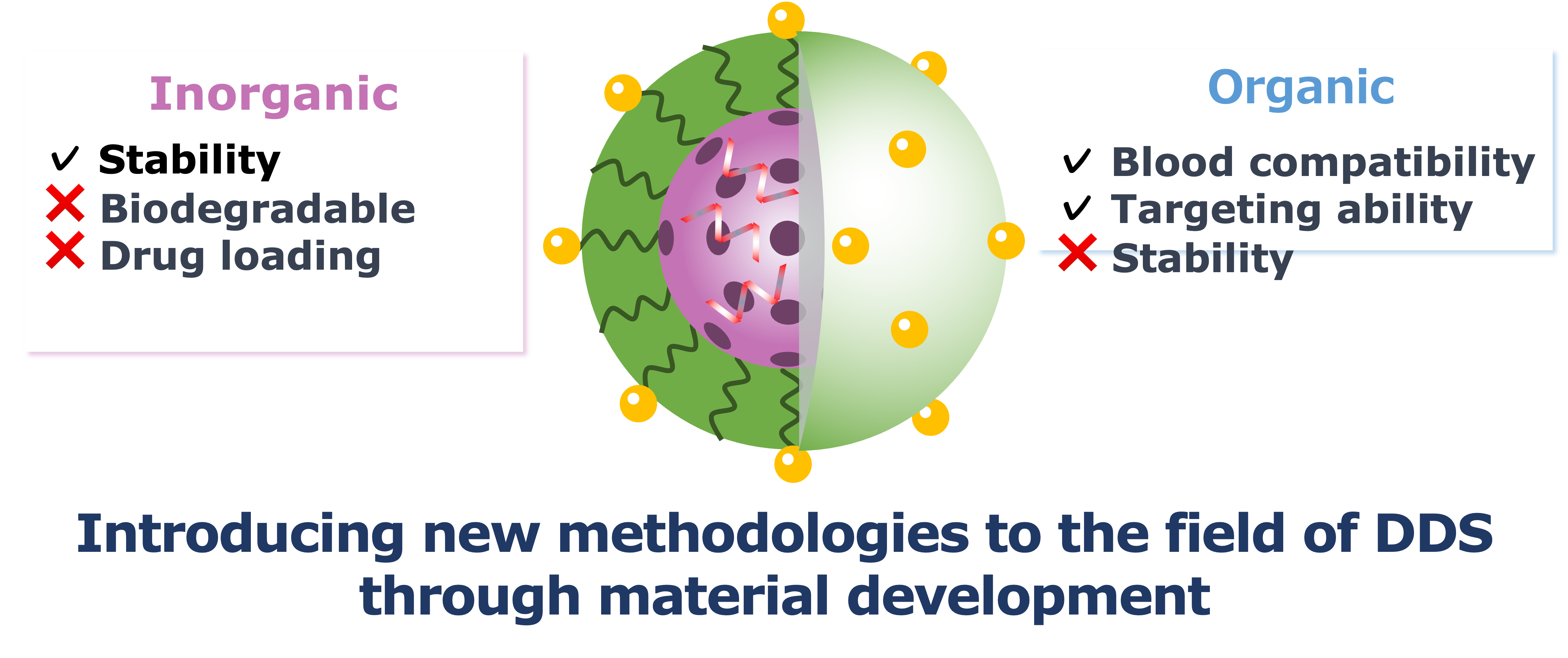Inorganic and organic materials based combinatorial development of medical devices
Biomaterials Architectonics
■3D-prints-based biomaterials
The 3D printer enables the processing of raw material powder for artificial bones (bioceramics) with a lot of flexibility. We are exploring the way to develop tailor-made artificial bones with optimized shapes for each patient. Our achievement could create drug loadable/releasable, and sub-millimeter-order-complexed architecture.

■Regeneration of bone and osteochondral bone
We are developing materials for reproducing bone and osteochondral bone with safe fish-derived collagen and apatite, which are free from zoonotic viruses.

Learning from Nature (bio-adaptive strategies)
■Biofiber based materials
Humanities eyes (corneal parenchyma) and fish scales are both composed mainly of collagen fibers, and their structures are almost identical. We are develoing cornea regenerative materials using fish scar collagene. In addition, skin and mucous replacable membranes with strong physical propaties are also resarched.

■Biological surface engineering
Biomaterials placed in the livingbody interact with host extracellular matrixes and cells. Precisely controlling the physicochemical-biochemical-geometrical properties of the materials surface, we are developing biological fuctional materials (anti-thrombogenicity, differentiation induciblity, immune regulatability).

Nanomedicine(Composit materials for intractable diseases)
■Theranostic materials
We are developing theranostics devices which enables therapy and diagnostics simaltaniously for cancers. Nanomaterials are able to multiply functionalyzed by containing multiple (rare-earth) metal ions. For example, by creating nanoparticles containing ions that exhibit anti-tumor effects in response to external stimuli and ions with fluorescent properties, it is able to utilize as nanomedicine for simultaneous diagnosis and treatment.

■Drug delivery for target tissues and cells
We are constructing a drug delivery system that consists of nanocapsules made of biocompatible materials with unstable drugs. The capsules are designed to degrade in the target cellular environment (e.g., low pH for cancer), allowing the drug to release at the target cells at the effective timing.

■Development of Inorganic・Organic Hybrid Drug Delivery Systems
Inorganic materials and organic materials differ significantly in their physical properties such as stability, biocompatibility, and biodegradability. We combine these materials to design nano-sized drug delivery systems that can effectively treat tumors and brain disorders.

Integration with biotechnology and computational science
■Computational simulation based materials design
We are tackling to analyze experimental date and design the materials from computational simulation with step-by-step feedback. The material dsign is based on not only the side view of materials but also of the biological phenomena, especially we focused on integlation of simulation science and biotechnology.








